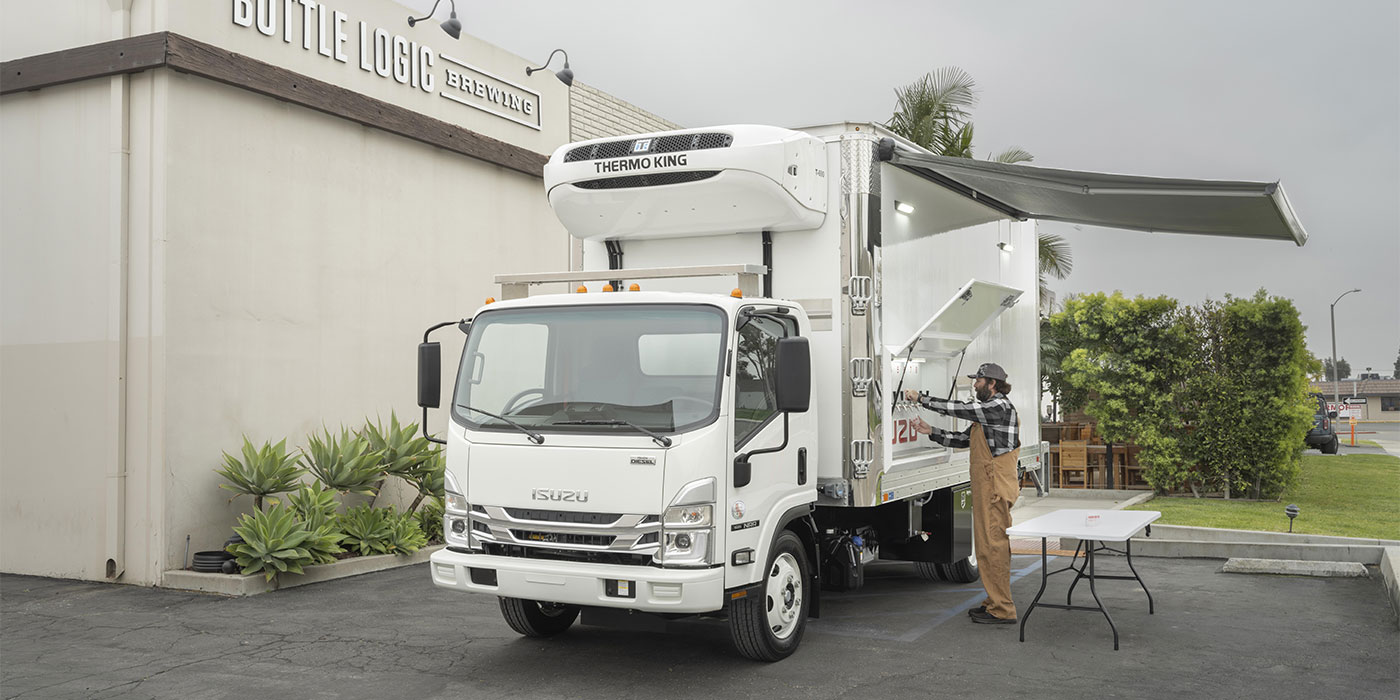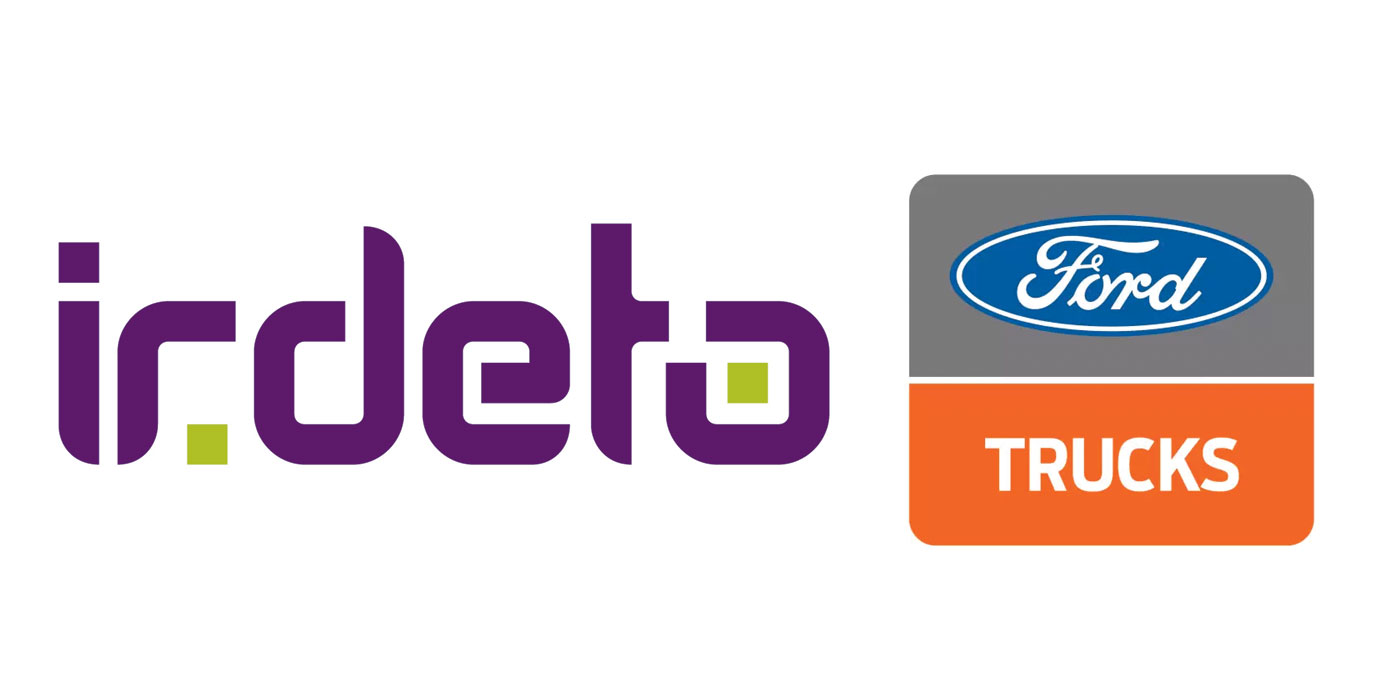Spec’ing, operating and maintaining light- and medium-duty vehicles correctly from the start can deliver the lowest cost of ownership. Many light- and medium-duty fleet operations are not in the trucking business. In your world, trucks can be that “necessary evil,” a cost of doing business that you simply can’t survive or succeed without. However, you also know that fielding dependable trucks that are equipped to meet your company’s and its customers’ needs—and operating them at the lowest possible cost—can provide a big boost to your bottom line.
“Fully evaluating the cost of ownership,” says Todd Bloom, president and CEO of Mitsubishi Fuso Truck of America Inc. (MFTA), “means looking closely at all cost components and making effective and balanced choices.” Bloom, an industry veteran who interacts regularly with MFTA fleet customers in a wide variety of businesses and industries, details several areas where he feels light- and medium-duty fleet managers should focus their attention:
• Have a complete understanding of the loads your vehicles are carrying, including payloads and weight distribution, as well as operational issues. Those include whether you carry consistent, diminishing or increasing loads, the type of terrain your trucks traverse, and if they operate over congested urban routes or in rural areas.
• Work with OEMs and their dealers, and with body and equipment suppliers, to spec the chassis that fits your needs. Most manufacturers have considerable data and experience to rely upon, including diagrams and drawings for a variety of dry freight, refrigerated, platform, dump and other specialty bodies.
• Spec’ing for fuel economy is essential. Fuel is your highest cost. Enough power to move loads efficiently is critical. Fuel-saving technologies, such as properly geared transmissions and low rolling resistance tires, can make the difference when it comes to getting the most mileage out of each gallon of fuel. OEMs also have simple-to-use fuel economy calculators readily available online that allow you to quickly compare options.
• Maintenance requirements and warranty coverage weigh heavily on your costs. PM intervals can vary between makes by as much as 8,000 miles, a difference that can mean fewer service intervals in a year. Also consider how and where maintenance is performed, including the availability of a network of OEM dealers with trained technicians in your operating area.
“In every one of these areas,” Bloom states, “drivers can have a large impact on costs. In our experience, the way someone drives can impact fuel economy by as much as 30%. Drivers who routinely perform effective pre- and post-trip inspections can help avoid costly breakdowns, which also impact customer service.
“Training drivers to be aware of their role in keeping costs in check, to drive efficiently, safely and responsibly is something we see in successful fleet operations,” Bloom continues. “Progressive companies are even setting up programs to reward their best drivers, those with the lowest operating costs, the highest fuel economy, the fewest equipment issues and the best customer service performance.”
Companies like MFTA, which offers a line of Class 3-5 diesel-powered, medium-duty cabover trucks, Bloom notes, are focused on delivering vehicles with the lowest cost of ownership for light- and medium-duty beverage, refrigerated and dry cargo delivery, vehicle recovery, towing, construction and numerous other types of vocational fleets.
“Evaluating all the things that impact the cost of ownership is on the OEM and on its fleet customers,” Bloom adds. “Take into account and balance all the basic cost components to spec the truck correctly and operate it efficiently.
“There are always ways to simultaneously improve performance and lower the cost of ownership if you focus on the details. A willingness to change the way you think about your fleet and its operation can go a long way toward moving your business forward.”









